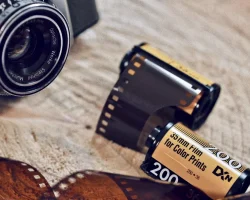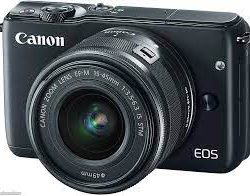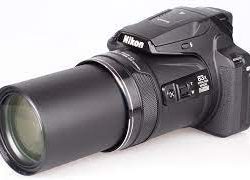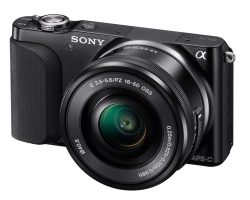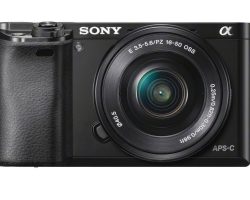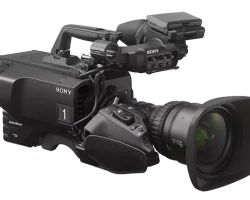
The Best Video Cameras For Capturing Action In Low Light
It’s that time of year again. The weather is getting colder, the days are shorter, and the nights are longer. That can only mean one thing: it’s time to start thinking about the best video cameras for capturing action in low light.
There are a few things to consider when choosing a video camera for low light use. The first is sensor size. A larger sensor will be able to gather more light, resulting in better low light performance. The second is the lens. A faster lens (one with a lower f-stop number) will also gather more light and result in better low light performance.
Best cameras for low light
With those factors in mind, here are our picks for the best video cameras for low light:
Sony a7S II
The Sony a7S II is a full-frame mirrorless camera that features a 12.2-megapixel sensor. It’s capable of capturing 4K video, and it has excellent low light performance thanks to its large sensor and fast lens options.
Panasonic Lumix GH5
The Panasonic Lumix GH5 is a Micro Four Thirds camera that features a 20.3-megapixel sensor. It can capture 4K video at 60 frames per second, and it has excellent low light performance thanks to its large sensor and fast lens options.
Canon EOS 1D X Mark II
The Canon EOS 1D X Mark II is a full-frame DSLR that features a 20.2-megapixel sensor. It can capture 4K video at 60 frames per second, and it has excellent low light performance thanks to its large sensor and fast lens options.
Nikon D5
The Nikon D5 is a full-frame DSLR that features a 20.8-megapixel sensor. It can capture 4K video at 30 frames per second, and it has excellent low light performance thanks to its large sensor and fast lens options.
Sony Alpha a9
The Sony Alpha a9 is a full-frame mirrorless camera that features a 24.2-megapixel sensor. It can capture 4K video at 30 frames per second, and it has excellent low light performance thanks to its large sensor and fast lens options.
Tips to choose cameras for action sports photography
In fact, many professional photographers use mid-range or even entry-level cameras to capture amazing action shots. The key is to know how to use your camera and its features to get the most out of it.
Here are a few tips on how to choose the best video camera for action sports photography:
Look for a camera with a fast shutter speed. This will help you capture sharp images of fast-moving subjects.
Choose a camera with good low-light performance. Action sports often take place in low-light conditions, so a camera that can perform well in these conditions is essential.
Consider a camera with 4K video
capabilities. 4K video is becoming more and more popular, and action sports photography is the perfect genre to take advantage of this high-resolution format.
Look for a camera with built-in GPS. This can be helpful for tracking your location and adding GPS data to your photos and videos.
Choose a camera that is rugged and weather-sealed. Action sports can be tough on equipment, so a camera that can withstand the elements is a must.
Keep these tips in mind when shopping for a video camera for action sports photography, and you’ll be sure to find the perfect camera for your needs.
In fact, many of the best action sports cameras are actually quite affordable. That being said, there are still a few things to consider when purchasing an action sports camera. Here are a few tips:
Action sports cameras are designed to be durable and withstand a lot of abuse. They should be able to withstand being dropped, being submerged in water, and being exposed to extreme temperatures.
The camera should be able to record high-quality video. This is especially important if you plan on using the footage for professional purposes.
The camera should be easy to use. It should have a user-friendly interface and be relatively easy to operate.
The camera should be affordable. As mentioned before, many of the best action sports cameras are actually quite affordable.
Keep these things in mind when shopping for an action sports camera and you should be able to find a great camera that fits your needs and budget.

